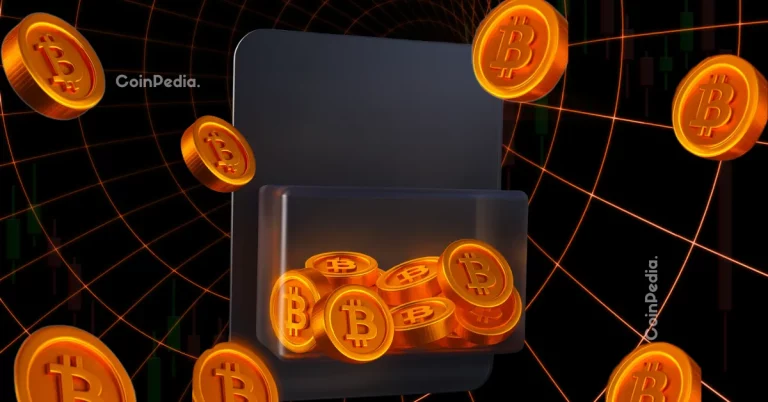
The Ethereum network is poised for a transformative leap with its upcoming Fusaka upgrade, scheduled for December 2025. Known as the next step in Ethereum’s ambitious roadmap, Fusaka promises to revolutionize how data is managed, bolster security, and empower developers with cutting-edge tools.
Fusaka: The Next Stage in Ethereum’s Evolution
The Fusaka upgrade—short for “Fulu-Osaka”—is not just another minor patch; it’s a complete overhaul of Ethereum’s execution and consensus layers. Following milestones like The Merge (2022), Shanghai (2023), Dencun (2024), and Pectra (2025), Fusaka aims to increase data capacity, optimize developer workflows, and fortify defenses against denial-of-service (DoS) attacks.
PeerDAS: Data Availability at Scale
A central feature of Fusaka is PeerDAS (Data Availability Sampling). This innovative protocol allows Ethereum nodes to store only a fraction of so-called “blobs”—temporary data packages essential for Layer 2 rollups. Instead of requiring every node to store full data, PeerDAS uses cryptographic techniques to reconstruct missing pieces, reducing storage demands while increasing scalability by up to eight times.
Blob Pricing and Management Innovations
Fusaka introduces key changes to blob pricing through Ethereum Improvement Proposals (EIPs):
- EIP-7918: Implements a reserve fee for blob storage, ensuring that blob usage carries a baseline cost, preventing inefficient data use.
- EIP-7892: Enables parameter-only forks for quick adjustments to blob throughput without requiring full hard forks.
This ensures Ethereum remains adaptable while maintaining economic sustainability for Layer 2 solutions.
Enhanced Security and Resilience
Fusaka is designed with security in mind, minimizing risks associated with oversized blocks and extreme transactions that could destabilize the network. These changes mitigate potential denial-of-service attacks, ensuring network stability as Ethereum scales further.
Developer Tools and User Enhancements
For developers and users alike, Fusaka simplifies usability:
- EIP-7917: Introduces preconfirmation support, reducing latency and improving user experience.
- Expands cryptographic support with P-256 elliptic curve standards, enhancing compatibility for secure wallet integrations and applications.
These features pave the way for a more seamless experience for both end-users and application developers.
User Recommendations Ahead of Fusaka
Everyday Ethereum users need not take any action; the upgrade will occur automatically at the network level. However, it’s critical to be cautious of scams asking for ETH transfers or bogus “upgrade requirements.” Validators and node operators, however, must update their clients in sync to avoid disruptions or temporary chain splits.
What Fusaka Means for Ethereum’s Future
December 3, 2025, marks a pivotal moment for Ethereum as the Fusaka upgrade brings scalability, robust security, and usability improvements in one unified package. With PeerDAS and a suite of developer-friendly features, Ethereum is positioned to handle the next wave of Layer 2 adoption seamlessly.
For those looking to dive deeper into Ethereum’s bold developments, consider checking out resources on blockchain and Web3 technology. For instance, the Consensys Infura suite provides tools for developers building decentralized applications, perfectly complementing Ethereum’s evolving infrastructure.



